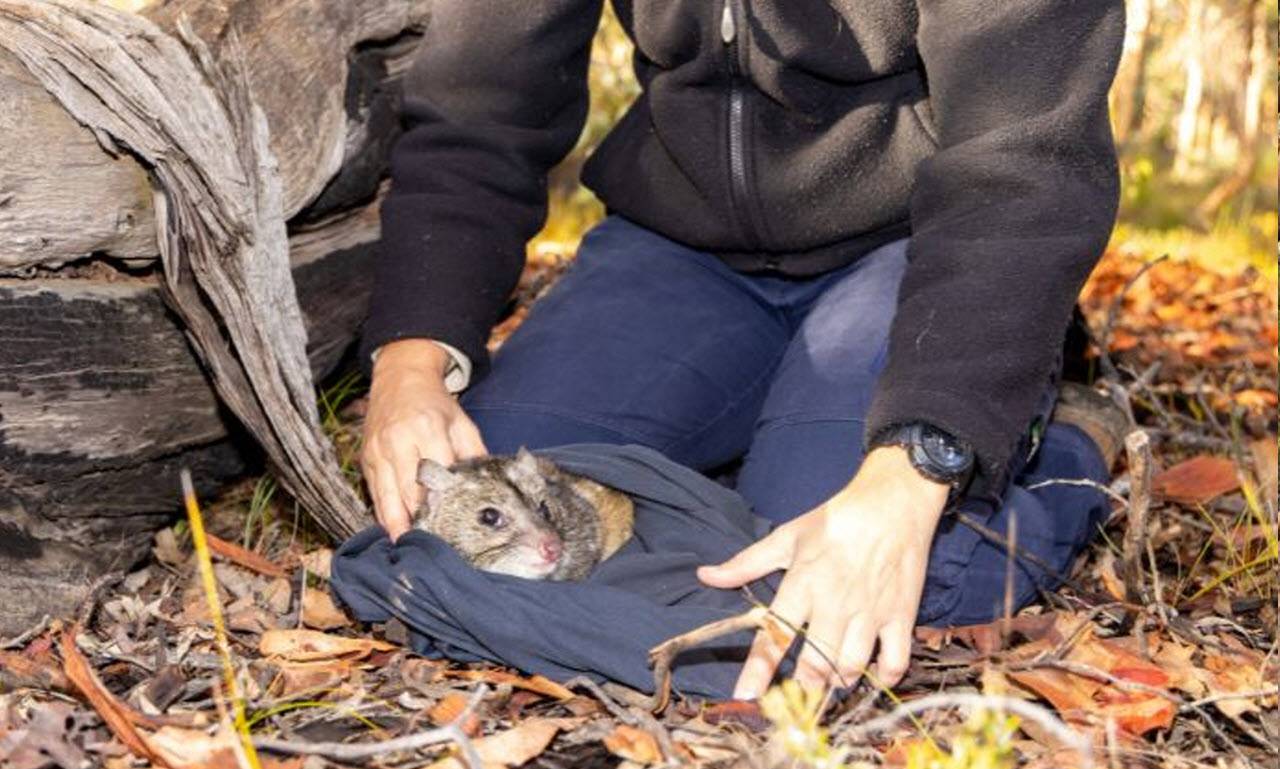Wildlife sanctuaries are full of surprises, and the team at Mount Gibson Wildlife Sanctuary in Australia knows this well.
Recently, ecologists at the sanctuary made an unexpected discovery. At first, they weren’t sure what they had found. They came across a newborn litter of small, spiky creatures, but they weren’t the usual animals seen in the area.

The tiny animals turned out to be Western quolls, a species listed as endangered. These marsupial carnivores were once found across many parts of Australia.
However, their population started to decline when European settlers arrived in Australia. Today, Western quolls—also known as chuditchs—are mainly found in small areas in the southwestern part of the country.
The newly discovered litter was small at birth, but as they grow, they will reach about the size of a house cat. These animals play an important role in the environment by controlling insect populations and helping to balance bird and reptile numbers.
The quolls were introduced to the wildlife sanctuary in an area where they had previously disappeared. Now, with the discovery of newborns, researchers have proof that the species is successfully reproducing in the sanctuary.
Georgina Anderson, a senior field ecologist at the sanctuary, shared her thoughts on this important finding:
“Through regular monitoring, we can see the quolls are doing well at the sanctuary. Finding the first pouch young is a good sign that they are adjusting to their new environment.”

One quoll, named Aang, has been spotted often on camera traps at the release sites. He stands out due to his size and markings, and he seems to have a strong personality.
“Aang is one of our largest and most striking quolls,” Anderson said. “He often visits multiple camera sites, collects the chicken bait we use, and even disrupts our bait canisters.”
This discovery is a promising sign for the future of the Western quoll population in Australia.
